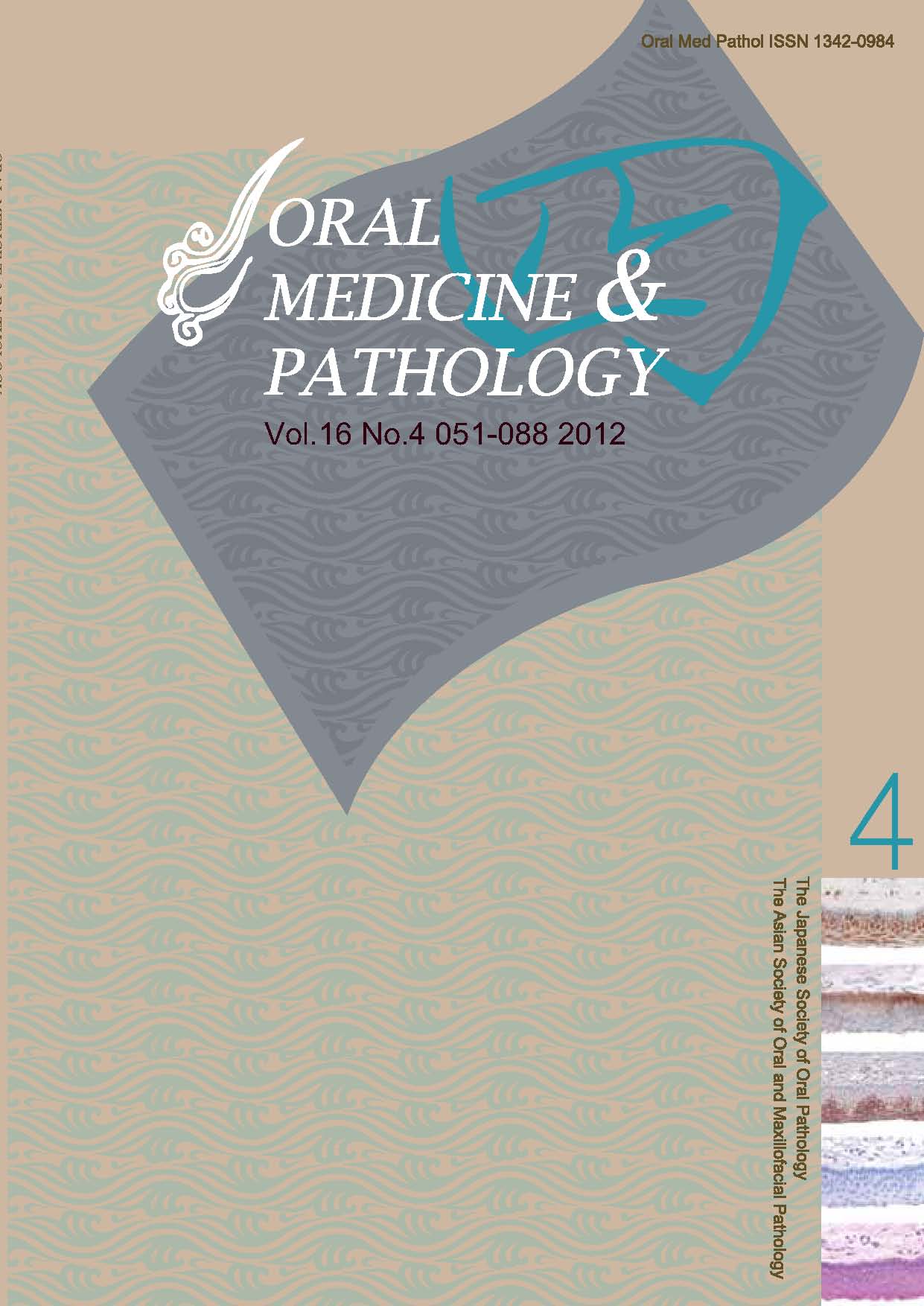Volume 5, Issue 2
Displaying 1-11 of 11 articles from this issue
- |<
- <
- 1
- >
- >|
Original
-
Article type: Original Article
2000Volume 5Issue 2 Pages 71-76
Published: December 20, 2000
Released on J-STAGE: April 01, 2008
Download PDF (56K) -
Article type: Original Article
2000Volume 5Issue 2 Pages 77-81
Published: December 20, 2000
Released on J-STAGE: April 01, 2008
Download PDF (118K) -
Article type: Original Article
2000Volume 5Issue 2 Pages 83-86
Published: December 20, 2000
Released on J-STAGE: April 01, 2008
Download PDF (119K) -
Article type: Original Article
2000Volume 5Issue 2 Pages 87-94
Published: December 20, 2000
Released on J-STAGE: April 01, 2008
Download PDF (172K) -
Article type: Original Article
2000Volume 5Issue 2 Pages 95-97
Published: December 20, 2000
Released on J-STAGE: April 01, 2008
Download PDF (66K)
Case Report
-
Article type: Case Report
2000Volume 5Issue 2 Pages 99-103
Published: December 20, 2000
Released on J-STAGE: April 01, 2008
Download PDF (99K) -
Article type: Case Report
2000Volume 5Issue 2 Pages 105-108
Published: December 20, 2000
Released on J-STAGE: April 01, 2008
Download PDF (84K) -
Article type: Case Report
2000Volume 5Issue 2 Pages 109-112
Published: December 20, 2000
Released on J-STAGE: April 01, 2008
Download PDF (86K) -
Article type: Case Report
2000Volume 5Issue 2 Pages 113-115
Published: December 20, 2000
Released on J-STAGE: April 01, 2008
Download PDF (57K)
Proceeding of Meeting
-
Article type: Proceeding of Meeting
2000Volume 5Issue 2 Pages 117-124
Published: December 20, 2000
Released on J-STAGE: April 01, 2008
Download PDF (59K) -
Article type: Proceeding of Meeting
2000Volume 5Issue 2 Pages 125
Published: December 20, 2000
Released on J-STAGE: April 01, 2008
Download PDF (29K)
- |<
- <
- 1
- >
- >|
